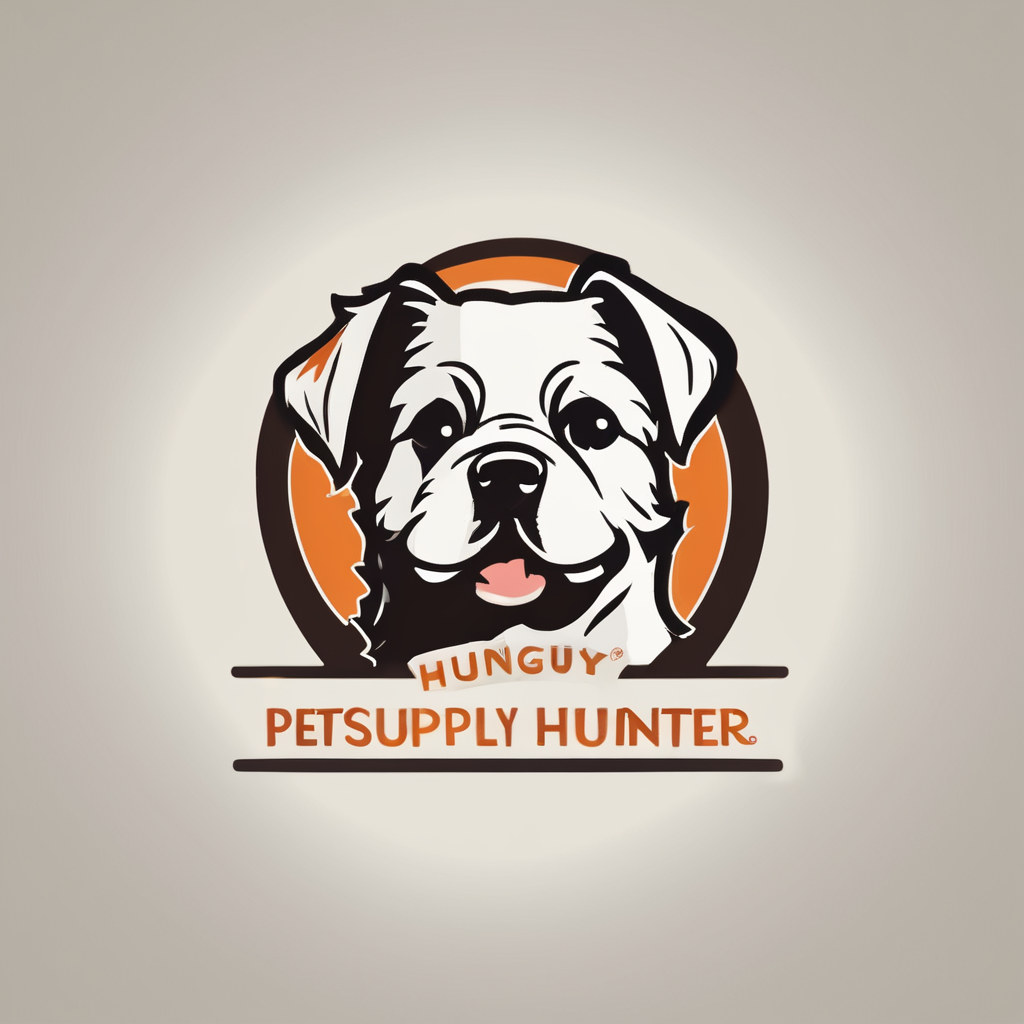Understanding Pet Anxiety During Thunderstorms
Thunderstorms can be a terrifying experience for pets, often causing pet anxiety. This natural phenomenon, while thrilling for some, triggers severe thunderstorm fear in our furry companions. Understanding these reactions is essential for pet owners.
Many pets exhibit clear signs of anxiety during storms, such as trembling, excessive barking or meowing, and clingy behaviour. Dogs may exhibit destructive behaviours, while cats might hide or become unusually aggressive. This behaviour stems from their heightened senses—pets can perceive barometric pressure changes and hear the low-frequency rumbles long before humans do.
Also read : Top Tips for Keeping Your Pet Safe and Calm During UK Fireworks Displays
The statistics on pet anxiety related to thunderstorms in the UK are significant. Studies show that around 30% of dogs suffer from fear of thunderstorms, with specific breeds being more susceptible than others. Breeds like Border Collies or German Shepherds, known for high sensitivity, often display stronger anxiety symptoms. In contrast, cat behaviour varies in intensity but is equally influenced by the tempestuous weather.
Interestingly, reactions to thunderstorms differ significantly between breeds and species. While dogs might seek human comfort, cats prefer solitude, indicating the diverse ways thunderstorm fear manifests. Understanding these distinctive behaviours can assist in creating tailored strategies to alleviate pet anxiety during such stressful times.
Have you seen this : Revitalize Your Senior Border Collie: Mastering New Tricks for a Sharper Mind!
Preparing Your Home for Thunderstorms
When thunderstorms approach, home safety becomes a priority, especially in creating a pet-friendly environment. Understanding how to prepare ensures both you and your furry friends remain secure and calm.
Begin by establishing a designated safe space for your pets. This spot should be comfortable and away from windows. Use familiar items like their favourite blanket and toys to create a soothing atmosphere. It’s crucial this area is free from any potential hazards that might harm your pets during a storm.
Next, focus on securing windows and doors. This not only protects against potential damage but also prevents pets from escaping in fear. Check that all locks are working correctly, and reinforce weaker points for added security.
Consider employing soundproofing measures to minimize the overwhelming noise of thunderstorms. Heavy curtains or soundproof panels can greatly reduce the intensity of sounds, thus helping calm anxious pets. Furthermore, introduce calming scents such as lavender or chamomile. Diffusers or pet-specific sprays can release aromas that inherently relax animals.
These steps in thunderstorm preparations ensure your home remains a safe haven, comforting both humans and pets alike.
Calming Techniques for Pets
Helping pets manage anxiety can greatly improve their quality of life. Many calming techniques focus on minimizing stress through behavioral responses and environmental adjustments.
Behavioral Techniques
Training pets to cope with loud noises, especially during thunderstorms, can be achieved through desensitization. This involves gradually exposing your pet to sounds they’re fearful of, starting at low volumes and increasing over time. Positive reinforcement with treats and praises during calm moments can reinforce a sense of security. Additionally, maintaining a comforting presence can help alleviate their fear, offering them reassurance and a sense of safety during such episodes.
Environmental Modifications
Creating a serene environment by using calming music or white noise can distract pets from disruptive sounds like thunder. It helps to set up a cozy space with blankets and toys, offering them a sense of familiarity and comfort. This retreat becomes a safe haven during stressful times, allowing them to relax more easily.
Natural Remedies and Products
Natural remedies include calming supplements, treats, and pheromone diffusers, providing an alternative way to soothe your pet. UK-specific products like these are available in various forms, offering tailored solutions to local pet owners seeking an effective stress relief approach for their furry companions.
Emergency Preparedness for Thunderstorms
Creating a robust emergency kit customised for pets during thunderstorms can be vital for ensuring their safety and comfort. Begin by assembling items such as pet food, water, a travelling container, blankets, and any necessary medication. It’s also prudent to include essential documents like vaccination records and identification as part of this kit.
In addition to the physical kit, having a Pet Safety Plan is key. This involves identifying a quick escape route in case of sudden evacuations and ensuring all family members are familiar with it. A clear communication plan can prevent frantic searches during emergencies, ensuring everyone knows the protocol. It’s a good idea to appoint a specific person responsible for the pets during evacuations.
Familiarise yourself with local resources available in the UK for pet care during severe weather. Identify pet-friendly shelters or local animal rescue centres in advance. Many organizations offer temporary shelter or assistance in emergencies. Being informed about these resources can provide peace of mind and quick solutions when severe weather strikes. Remember, preparedness is about being proactive and ready to ensure your pet’s safety and well-being in any situations.
Professional Help for Severe Anxiety
When faced with a dog’s persistent anxiety, particularly during thunderstorms, it’s essential to know when to seek veterinary advice. If your pet consistently exhibits signs of distress, such as excessive trembling, barking, or destructive behavior, professional intervention might be necessary.
Veterinary care options for dogs with severe thunderstorm phobias include medication and behavioral therapy. Medications such as anxiolytics or antidepressants can be prescribed to alleviate anxiety symptoms. Additionally, a veterinarian might recommend calming supplements or pheromone diffusers as natural alternatives.
Pet anxiety support doesn’t stop at medication. Behaviorists and pet trainers play a crucial role in continuous support strategies. These professionals use desensitization techniques and counter-conditioning to help reduce your pet’s fear response. The aim is to build positive associations with thunderstorm-related stimuli gradually.
Moreover, regular behavioral therapy sessions can ensure that progress is being made and adjust techniques as needed. Trainers might suggest interactive toys or safe spaces where pets can retreat during storms, providing them with a sense of security.
Recognising the signs and knowing when to seek professional help ensures the well-being of your pet and maintains harmony in your home environment.
Community Resources and Support for Pet Owners
For pet owners in the UK, an array of resources and support networks are available. Several UK-based pet organizations are dedicated to helping pet owners navigate various challenges. These organizations provide guidance on health, nutrition, and behaviour.
Online forums and communities offer platforms where pet owners can share experiences and tips, creating a supportive environment for everyone involved. These platforms, often available as social media groups or dedicated forums, allow for exchanging advice and fostering friendships among pet owners who face similar concerns.
To further support pet owners, local events are often organized, including workshops and sessions that focus on important issues such as storm preparedness. These events offer practical advice on ensuring pets remain safe and calm during adverse weather conditions. Staying informed about such events provides pet owners with valuable knowledge and tools.
Pet owner networks are crucial, offering emotional support and practical solutions. In this connected era, pet owners are encouraged to engage with these resources actively. Such community support can enhance the well-being of both pets and their owners, ensuring a nurturing environment for their furry companions.











